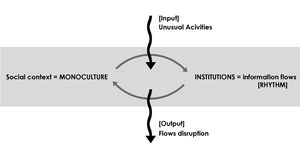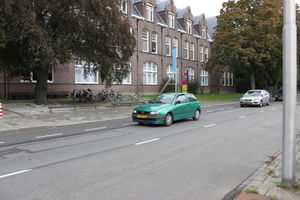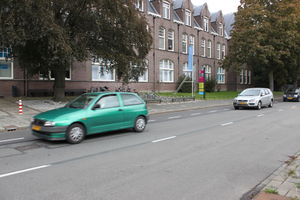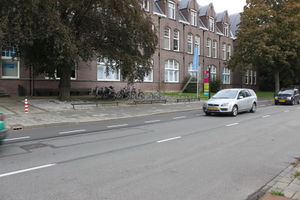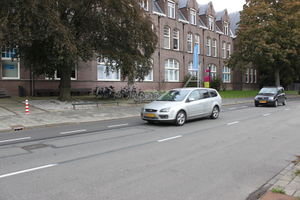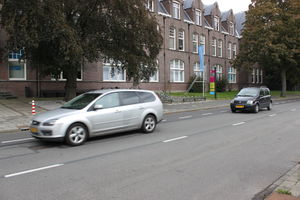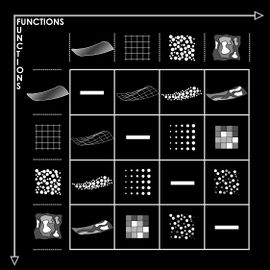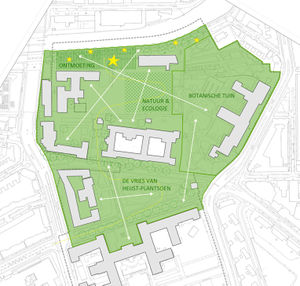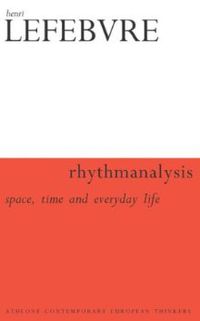atom10:CONCEPT-CHALLENGE
Contents |
Work in progress
Future Scenario
It seems logical to consider the future requirements of the site as part of the existing context. With the global population set to exceed 7 billion this year, there will be increasing pressure on the current housing stock. Regulations stipulate that a strategy must be created to adapt the urban infrastructure as a pre-requisite for future housing development. In this way, the intervention can precipitate the future scenario by beginning to implement the sites requirements in a local and on the larger scale. It seems that the implementation of infrastructure and housing have been discussed, but so far there has been little thought into how and what auxiliary and interstitial activities should be provided. Our intervention can begin to provide these activities and form a framework which develops in conjunction with new infrastructure developments.
Process
We have identified two methods we would like to use to define the intervention; Rhythm analysis - measuring the flow of movement, information, money and social activity, and Imagined use analysis - creating a matrix of characteristics for different activities. Optimisation will occur between the conflicting uses, existing rhythm and its disruption.
Rhythm analysis
The surrounding institutions control the rhythm of movement and activity surrounding and extending beyond the site. We need to map and represent the contours of the flow of people around the site. This analysis will help us to define where the intervention can attract users.
How can we map rhythm?
Using date based on openings time, lectures, numbers of students we can create a contour map of flows for the two main institutions.
Read more about rhythm analysis
Imagined use analysis [matrix]
Imagining activities and their requirements to create a matrix of characteristics which can be compared and contrasted. Allowing us to analyse how different uses can interact and inform other uses and forms. What is the reaction of uses? How do they disrupt the existing flows and rhythms.
Starting with a series of existing activities which are similar in nature we will explore how they react with one another and the space.
Validators
We have spoken to Heleen Bothof and Maziar Afrassiabi to gain a greater insight into the context of the site and what might be required in the future.
They are not acting as clients but as collaborators, giving us new perspectives and contextual information.
Meeting: Heleen Bothof, Luz Architects
There is currently a proposal for 5,000 new homes within the TU Delft campus. A requirement of being granted permission to build these new houses is considering the impact on the local infrastructure. Heleen Bothof is currently developing solutions for the increased amount of green and water space needed. In order to stop flooding, more water capacity needs to be added to the area, this is done through widening canals, making new ones and connecting the waterways together in order to improve the robustness of the system. Green space will be increased by converting car parks and unused spaces. Roof top gardens could also be introduced.
3 main actors around the site: Housing corporation (DUWO), TU Delft and local inhabitants. Each group have their own vision and preference with how the space should be developed.
Meeting: Maziar Afrassiabi, Urban Sociologist
We discussed ways of gathering and representing data. The municipality provide information regarding demographics which can be used to show a comparison between the surrounding context and other areas. He also suggested looking at Lefebvre’s book Rhythmanalysi
We will study a range of rhythms around the site; physical movement, knowledge transfer and social and economic flows. This will give the site a context which can be used to define where and how our intervention will form and what activities it should encourage.
Websites consulted
www.statline.cbs.nl
www.delft.buurtmonitor.nl/
Back to Home
